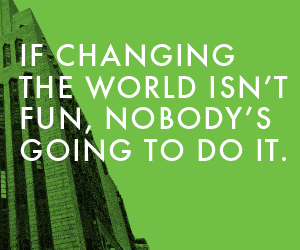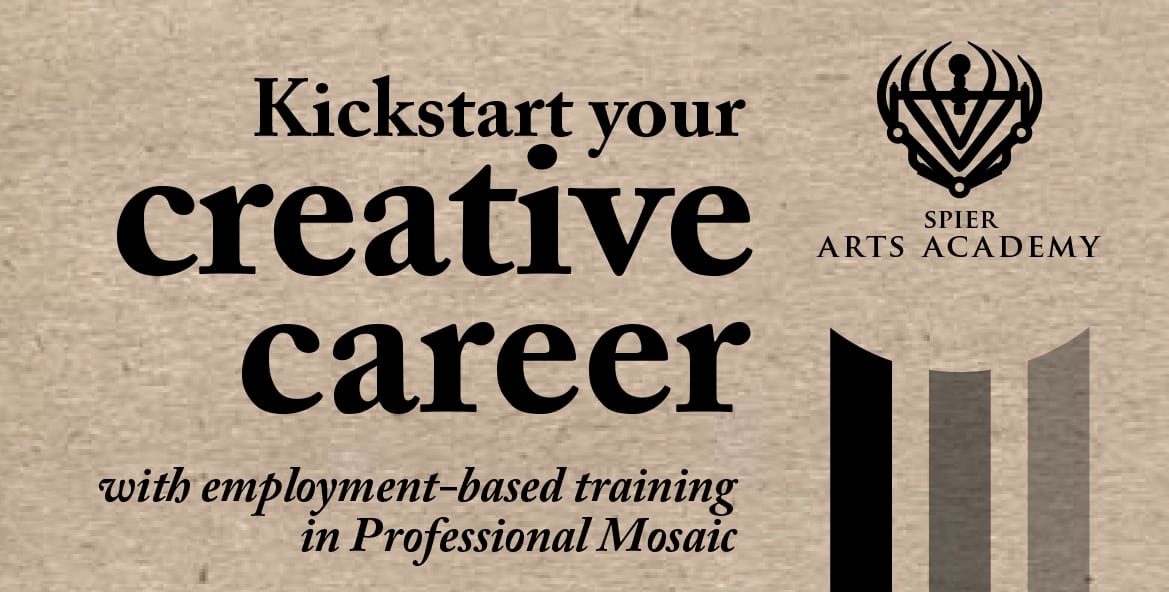Zen Marie, Massaging Nationalism, 2013, installation and performance. Image courtesy Galerie West
Soliciting a vast array of site-specific approaches to the glut of mass media overwhelming American society at the time, McShine sought to capture a new aesthetic of administration in conceptual art. Art, according to McShine, could ‘no longer afford to be provincial or to exist only within its own history, or to continue to be, perhaps, only a commentary on art’ in the face of technological ubiquity.
Around the same time, the Information Scandal involving South African Prime Minister John Vorster, the head of the infamous Bureau of State Security (BOSS), Dr Eschel Rhoodie, a senior official in the Department of Information and author of The Paper Curtain, and others, saw a different attempt at creatively manipulating the aesthetics of information in relation to what the apartheid state perceived as a ‘hate South Africa campaign’ around the world. As part of a carefully administered crusade, major newspapers such as the Washington Star were bought off, and public money laundered in this propaganda war.
Is it any wonder that many South Africans baulked at the proposed reintroduction of a Protection of Information Act, or Secrecy Bill, in 2010? Or that, earlier this year, this history of information politics became the curatorial ‘scoop’ for curator (and catalyst) Bettina Malcomess and contributors, Siemon Allen, Francis Burger, Donna Kukama and Zen Marie in the recent show 23 Kilograms at Galerie West in The Hague.
Francis Burger, Is It Today Or Is It Yesterday?, 2013, generative site-specific installation and publication. Image courtesy Galerie West
23 Kilograms (the standard luggage allowance on international flights) is not so much an exhibition as it is a framing device. The concept became the container of so much more than the materials transported by each of the show’s contributors. Despite one or two missed flights, the project took shape as a ‘series of situations, services and exchanges’ dealing with the heaviness of transitioning local to global along various channels of ideology, news media and, of course, embodied experience. Commissioned initially by the gallery to produce a local survey show, Malcomess chose instead to continue in the vein of McShine, only this time allowing the provincialism that remains inherent in the way mediation happens (in news and in art) to become a fact; and for distance to be an inherent condition. Malcomess’s performance alter ego, Anne Historical, made a presentation at the opening of the show. Drawing on the publications with which she had filled her own luggage, she linked what she called the ‘political prognostication’ of apartheid’s autumn days with the ‘false registrations’ in contemporary South African media discourse.
Read more in the current issue of Art South Africa Volume 11 Issue 4, on shelves now OR buy our digital edition here
Clare Butcher
ORIGINALLY PUBLISHED IN ART SOUTH AFRICA V11.4



